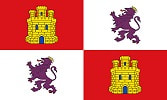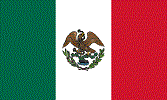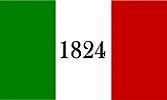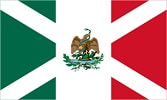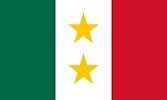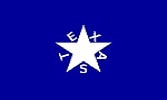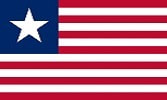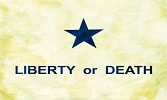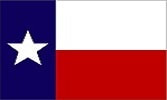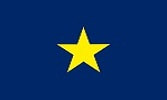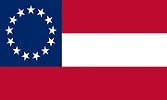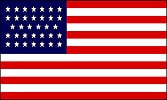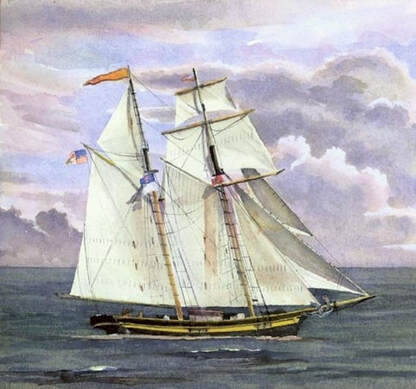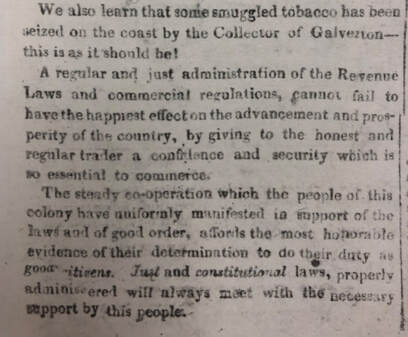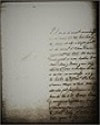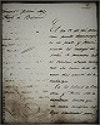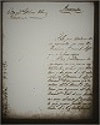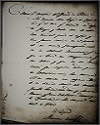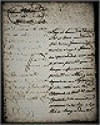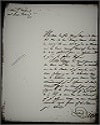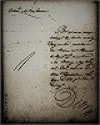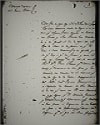Seizure of the Schooner Cañon
|
In one of his first official acts as administrator for the port of Galveston, George Fisher embargoed the schooner Cañon at the Bar at the mouth of the Brazos River in the late evening of 1-Jun-1830 because he found that it was importing contraband tobacco, which was illegal at this point in time. The legislature of Coahuila y Tejas had issued Decree No. 28 on 2-Nov-1827, outlawing the importation of tobacco, with stiff fines for smuggling both high-quality and low-quality tobacco. The schooner had left New Orleans on or about 25-May-1830, and was certified there by the Mexican Vice-Consul (James W. Breedlove). But, Fisher discovered it was hauling 162 bales of (high-quality) raw tobacco and 45 bales of (low-quality) powdered tobacco (each bale about 100 pounds) on arrival, and the fine was to be about $16,000. The seized tobacco was put into storage in a thrice-locked warehouse at Brazoria, although it was later broken into and the tobacco removed. Fisher originally sought adjudication for the seizure from local authorities such as Samuel May Williams, Thomas Barnett and George B. McKinstry, but their response was slow. Fisher had to personally guard the seized vessel for much of the month of June, before it was sent to pick up a load of corn and other products at Matagorda Bay, before sailing to Veracruz and Tampico to sell the cargo in an attempt to recoup the fine. The seizure was disputed by the owner and captain, Edward L. Petitt, and caused controversy for Fisher. The issue lingered, and was eventually turned over to Samuel May Williams once Fisher had been suspended as administrator (... that story on the next page). In 1832, the Cañon was lost at the bar at the entrance of Matagorda Bay, known as Paso Cavallo. |
The controversy caused many of the original documents to be copied, and these copies found their way to Samuel May Williams, ending up in his personal papers (now the only source of such documents). Click below on the thumbnails for copies of primary documents (not readily available elsewhere), or the "black buttons" for an attempt at transcription & translation, which each tell a part of this story, contained in letters found in the ....
Samuel May Williams Collection
Courtesy of the Galveston & Texas History Center, Rosenberg Library (Galveston, Texas)
A narrative report that discusses all of the research on
the several Forts Velasco is available at the link below:
<<< The "Port of Galvezton" at the Brazos < click for other pages > Suspension of the "Aduana Maritíma de Galvezton" >>>
Background wallpaper is from 1834 version of "Map of the State of Coahuila and Texas" by William Hooker of New York
Background wallpaper is from 1834 version of "Map of the State of Coahuila and Texas" by William Hooker of New York
